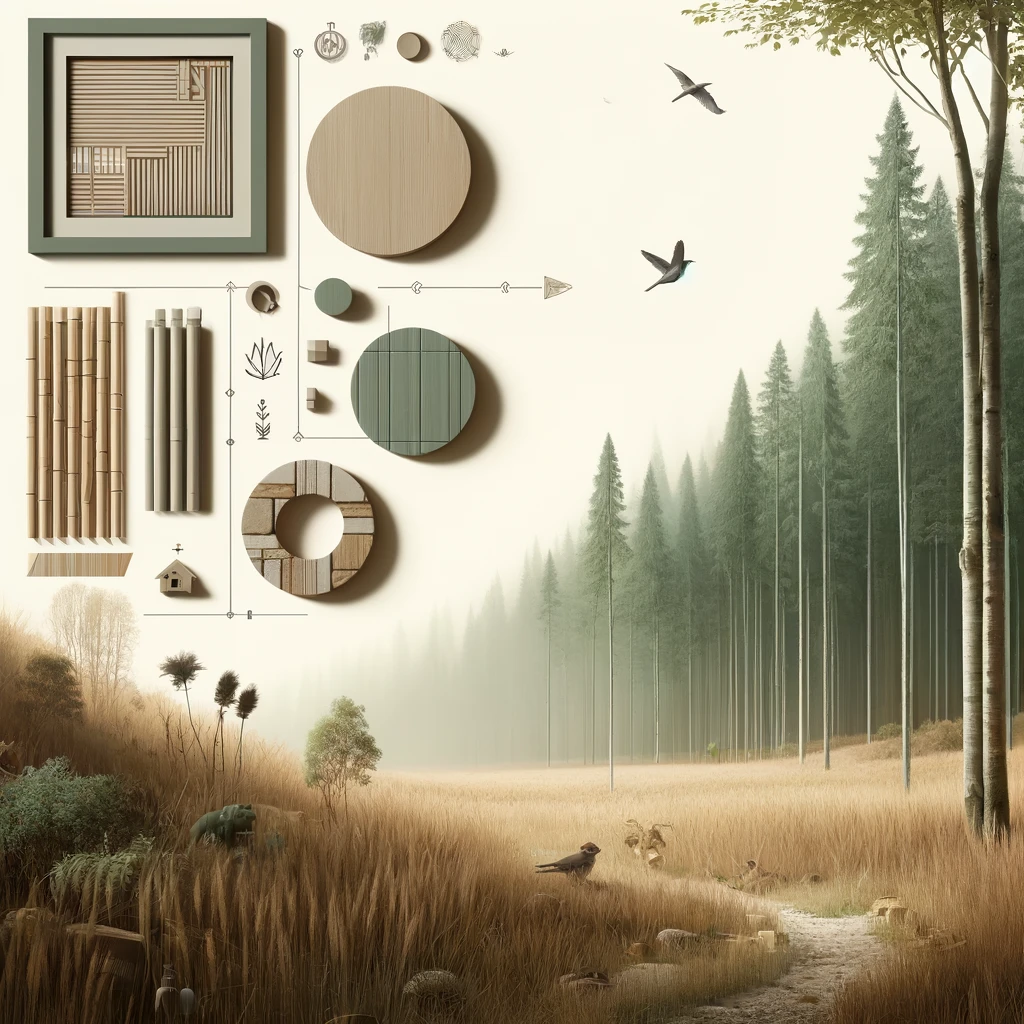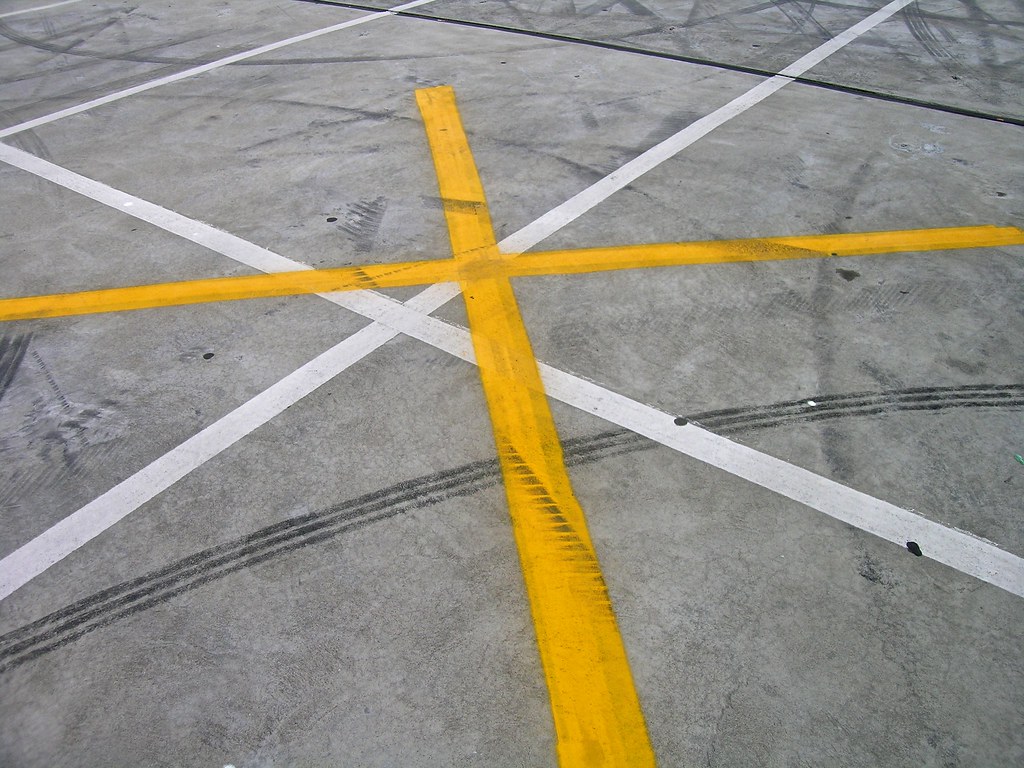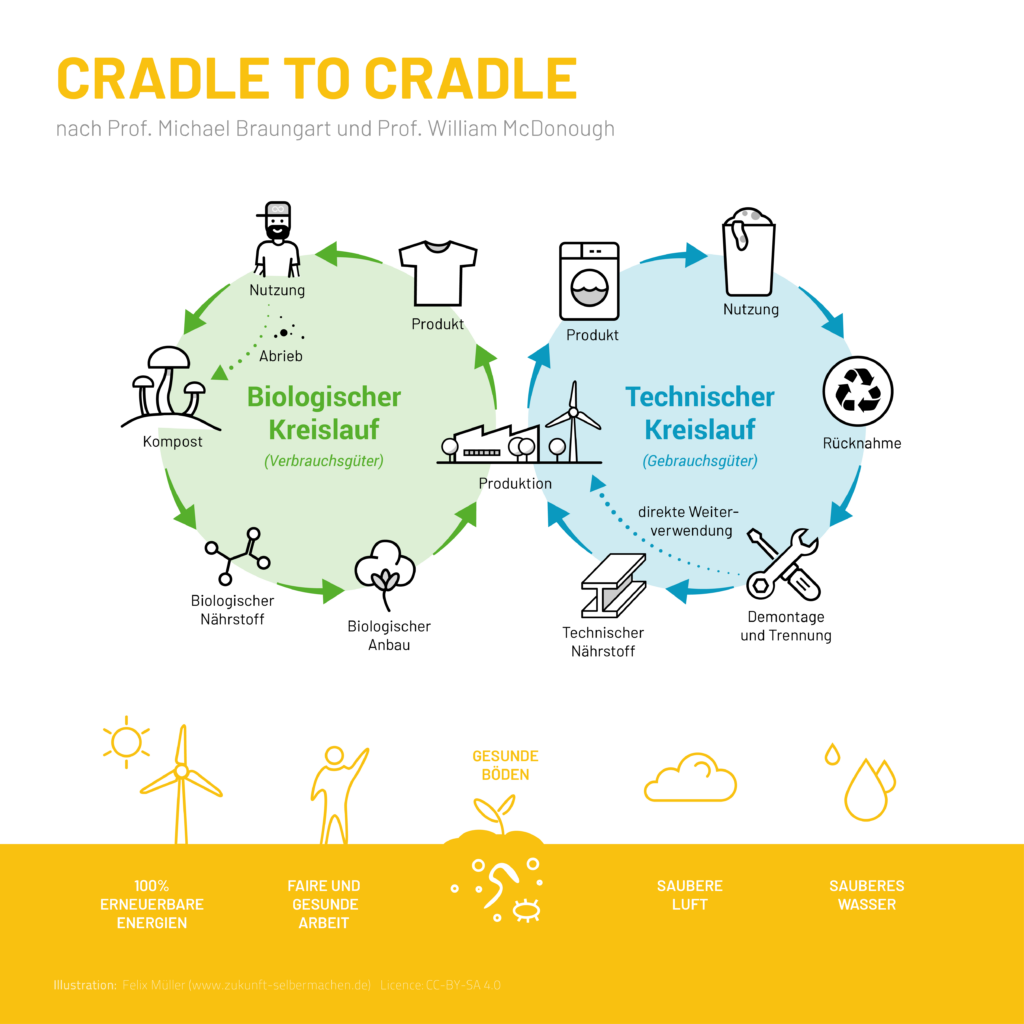In the construction industry, we are at a crossroads where, alongside the urgently needed digitalisation, sustainability is among the dominant themes of the future. It is clear that to meet the challenges of our time, we must strive for a synthesis of advanced technology and environmentally conscious building methods. Building certifications play an essential role in the construction turnaround. This raises the question:
Which certifications are applied solely for commercial interior design?
Certifications are becoming increasingly popular and are gaining relevance in interior design as well. Perhaps you are also questioning the rationale and which certifications are specifically suitable for your construction project? The different motivations determine the choice of the right system. Ownership and contractual relationships are also crucial.
Let us consider that most CO₂ emissions are generated during the construction of new commercial properties. Sectors and building types that require large quantities of energy-intensive materials and employ complex, energy-intensive systems are particularly affected. For example, industrial and production facilities, hospitals, as well as shopping centres and hotels.
For these types of businesses, the extraction, and production of raw materials (think of concrete and steel) and the construction and operational processes play a decisive role in CO₂ emissions. Clever design focused on energy efficiency and the choice of materials that release less CO₂ can greatly help reduce emissions in these areas.
But what options are there to make an interior design sustainable? Here are some of the leading certifications aimed at evaluating the environmental compatibility and sustainability of the materials used and the construction processes.
LEED (Leadership in Energy and Environmental Design): LEED is an internationally recognised certification system for sustainable building. It evaluates the entire building life cycle and includes interior design. The LEED Interior Design + Construction (ID+C) Rating System assesses criteria such as the selection of environmentally friendly materials, improvement of indoor air quality, and energy efficiency.
BREEAM (Building Research Establishment Environmental Assessment Method): BREEAM is another leading certification system for sustainable building. It assesses the environmental impact of buildings and includes interior design. BREEAM Interior fit-out and refurbishment evaluates aspects such as material selection, energy and water efficiency, indoor air quality, and waste management.
WELL Building Standard: The WELL Building Standard focuses on promoting healthy and comfortable interiors. It addresses aspects such as indoor air quality, lighting, acoustics, water supply, and ergonomic design. This standard can be applied to interior design to create a healthy and productive working or living environment.
DGNB (Deutsche Gesellschaft für Nachhaltiges Bauen): The DGNB is a German organisation dedicated to sustainable building. It offers a certification for buildings that evaluates various aspects of sustainability, including interior design. The certification criteria include energy efficiency, material selection, indoor quality, and social aspects.
Cradle to Cradle (C2C) Certification: The Cradle to Cradle certification system promotes the use of materials that can circulate in biological or technical cycles without causing waste or harmful emissions. The certification evaluates products concerning their material composition, recyclability, and social responsibility.
These certifications in sustainable interior design provide guidelines and evaluation criteria to ensure that the interior design is sustainable and meets environmental standards. Depending on the location and project specifications, certain certifications may be more relevant than others.
The choice of the right system depends on the specific goals, location, budget, and target audience. It also depends on whether the initiator is an owner, investor, or tenant. For a comprehensive sustainability strategy, a combination of several certifications or a certification with additional individual initiatives might be the best solution.
As a commercial tenant focusing on branch expansion, I would choose a certification standard that offers flexibility, industry recognition, and specific benefits for interior design. Here are some considerations I would make for each system:
As a commercial tenant, I would also consider the following:
Costs and time: Which system offers the best cost-benefit ratio and fits my schedule for the expansion?
Customer and employee interests: Which certification appeals most to my target group and enhances the experience in my branches?
Brand identity: Which system best fits the values and image of my brand?
Have you already considered a certification in sustainable interior design for your property? Feel free to discuss it with me!



